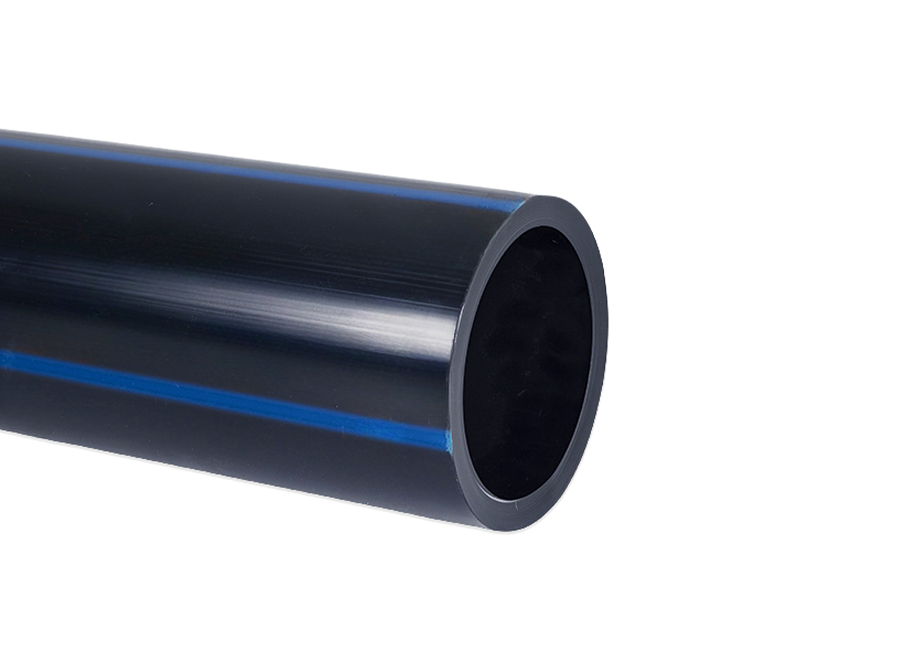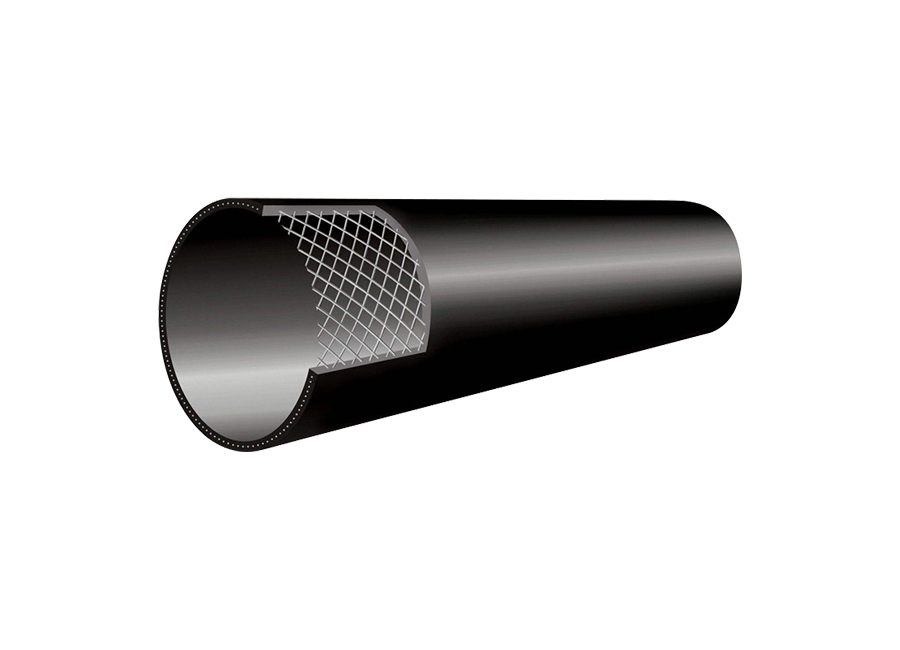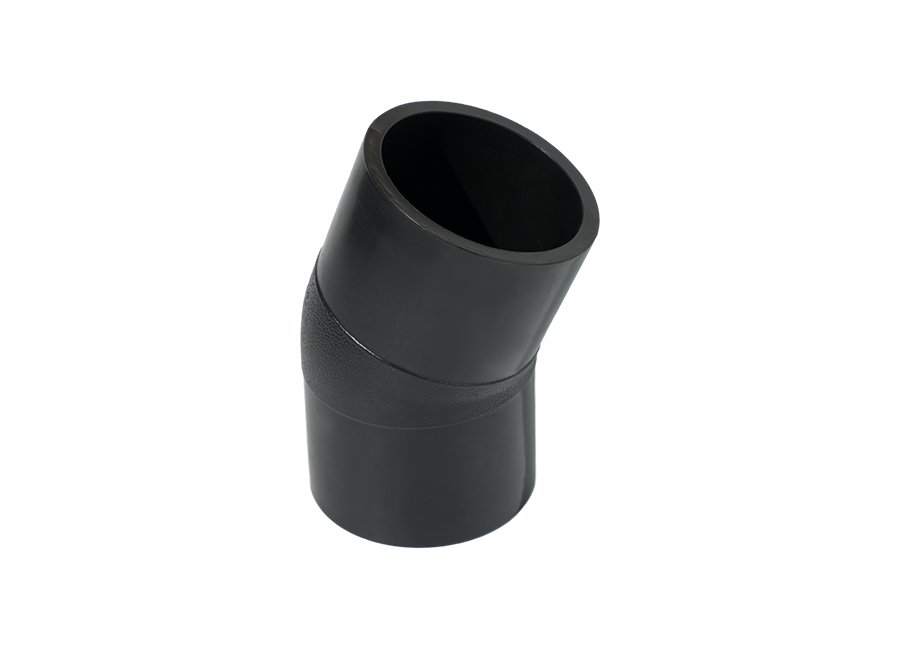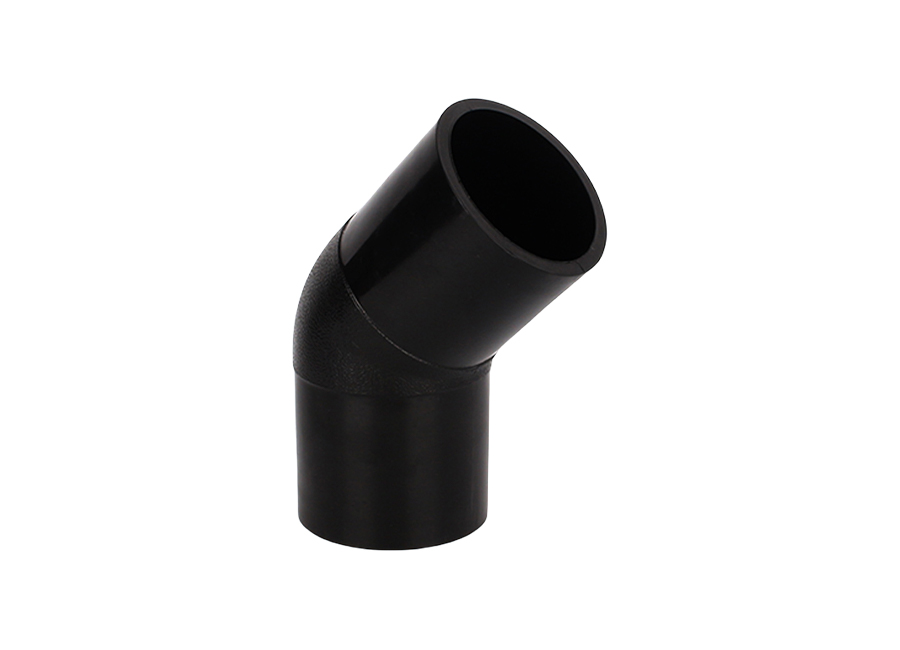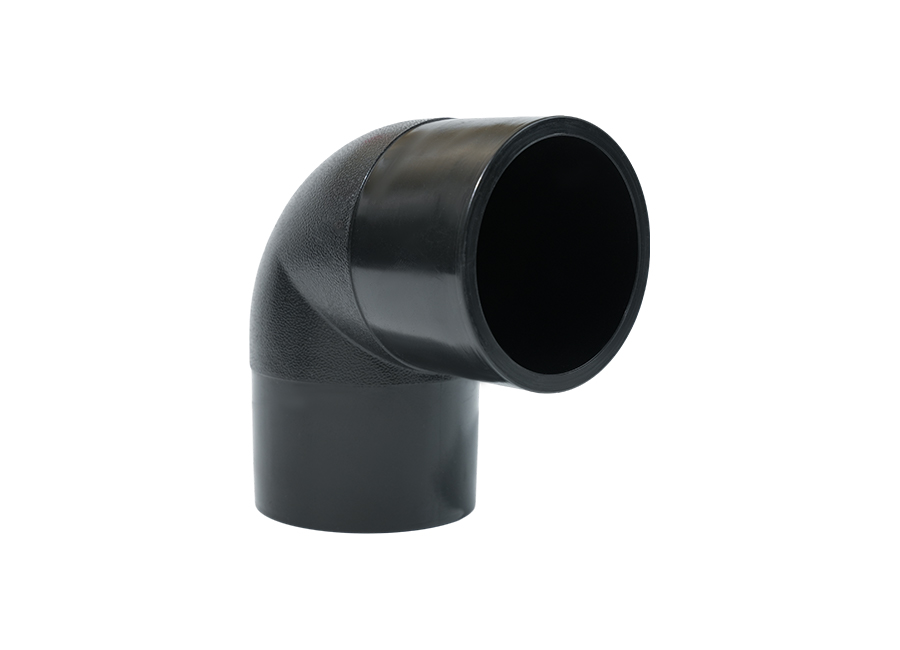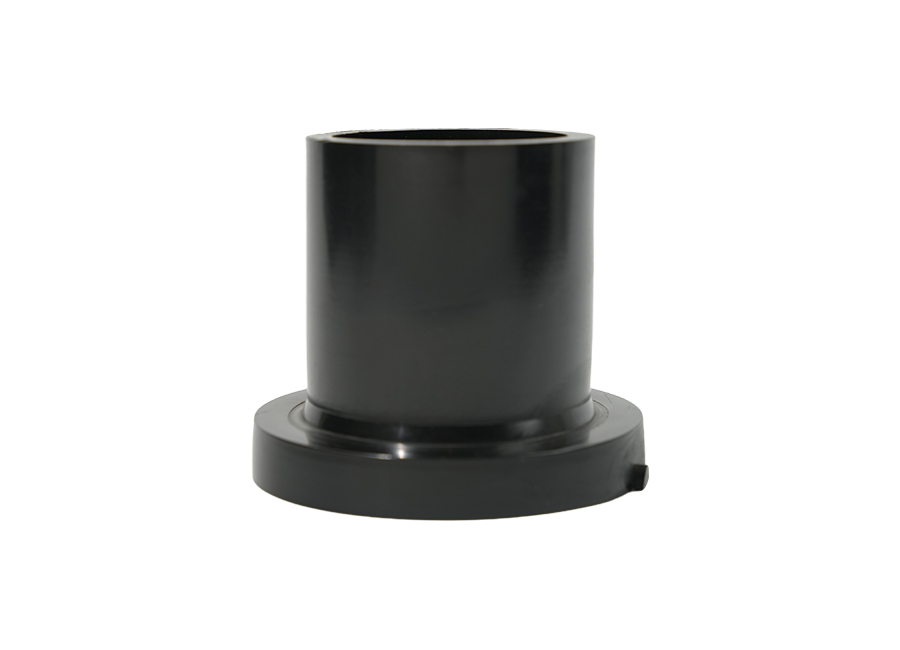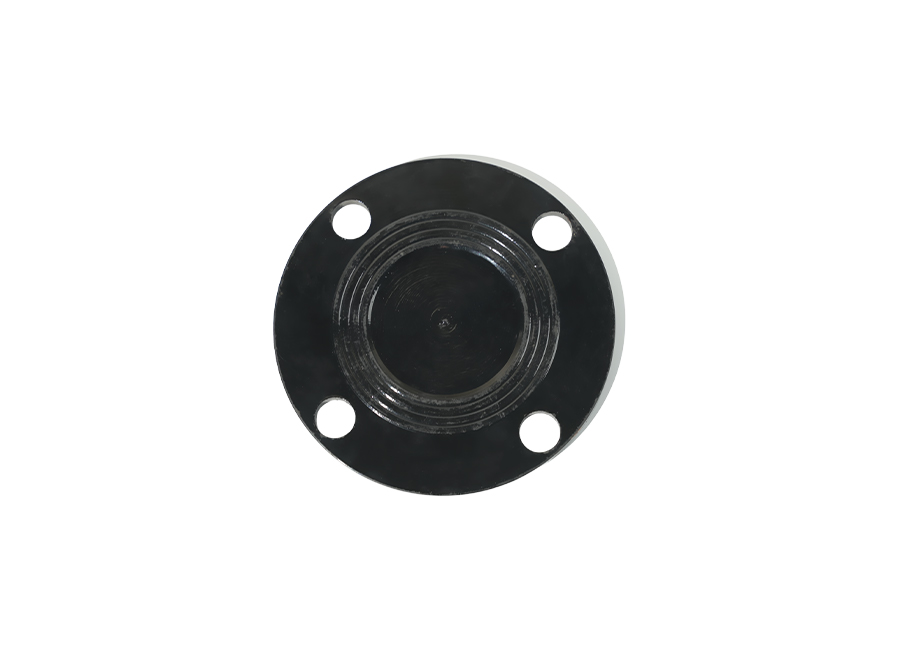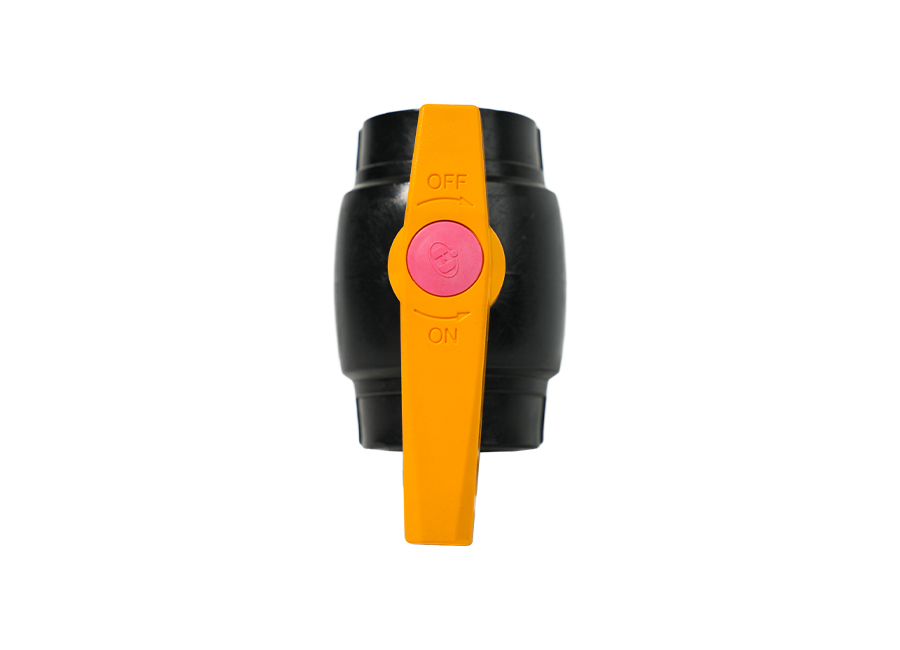Welding or fusing HDPE pipes presents a unique set of challenges, primarily due to the material's thermoplastic nature, which requires specific techniques and conditions to create secure, leak-free joints. Unlike metals or other rigid materials, HDPE pipes are highly flexible and are prone to expansion and contraction due to temperature changes. These characteristics influence how they are welded or fused together, and without careful attention to the process, the integrity of the connection could be compromised.
One of the main challenges when welding HDPE pipes is ensuring proper fusion during the process. The key to a successful fusion joint lies in achieving the right balance of heat, pressure, and time. HDPE pipes are typically fused using two methods: butt fusion and electrofusion. Both require precise control of variables such as temperature, pressure, and alignment to ensure that the joint is strong and resistant to leaks.
Butt fusion is the most common method for joining HDPE pipes in large-scale installations, where the ends of two pipes are heated simultaneously and then pressed together to create a homogeneous bond. One of the challenges with butt fusion is that if the heating process is not carried out uniformly, the fusion will either be too weak or cause deformation in the pipe ends. This can lead to a poor seal, creating weak points susceptible to failure under pressure or environmental stress.
In addition, achieving the correct pressure during the fusion process is crucial. Too much pressure can cause the molten material to be squeezed out, weakening the joint, while too little pressure can result in an incomplete fusion and an unreliable connection. For HDPE pipes with varying wall thicknesses, the pressure must be adjusted accordingly, which adds another layer of complexity.
Electrofusion, on the other hand, uses pre-installed metal coils embedded in the pipe fittings, which heat up when electrical current passes through them, causing the HDPE pipes to fuse together. This method is often used for smaller pipe sizes or when tight spaces make butt fusion difficult. While electrofusion simplifies the process in many ways, it still requires precise control over the power supply and the time of heating. If the electrical current is too high or low, or if the connection is not made in a controlled environment, the resulting joint may fail to form a tight seal, leading to potential leaks.
Another challenge that arises during the fusion of HDPE pipes is ensuring the proper alignment of the pipes and fittings during the process. Misalignment can lead to uneven stress distribution in the joint, which can cause cracks or leaks over time. Alignment jigs or fixtures are typically used to hold the pipes in place during fusion, but improper handling or inadequate equipment can still lead to misalignment.
The quality of the material itself also plays a crucial role in the success of the fusion process. HDPE pipes that are contaminated with dirt, dust, or moisture can prevent a strong bond from forming, leading to weak spots in the joint. Thorough cleaning of the pipe ends before fusion is essential to ensure a secure connection. The fusion surfaces must be free from any contaminants that could interfere with the heat transfer or bonding process. Many installations incorporate automatic cleaning tools to ensure that the pipe ends are properly prepared before welding.
Temperature control is another important factor in overcoming challenges when welding HDPE pipes. If the temperature is too high, it can cause overheating, leading to distortion or excessive material melting, weakening the bond. If it’s too low, the fusion process may not complete properly, and the joint may be prone to failure. Specialized equipment, such as fusion machines with temperature controllers, helps maintain the optimal fusion temperature, ensuring that the joint forms correctly without causing damage to the pipes.
To further ensure a secure connection, the post-fusion process also plays a role in the success of the welding procedure. After the fusion process, the pipes need to cool down and solidify, and during this time, they should not be subjected to excessive pressure or movement. Rapid cooling or premature handling of the fused joint can lead to stress fractures or incomplete bonding. The pipes should be allowed to rest in their proper position until the fusion joint is fully set.

 English
English 中文简体
中文简体 русский
русский عربى
عربى


